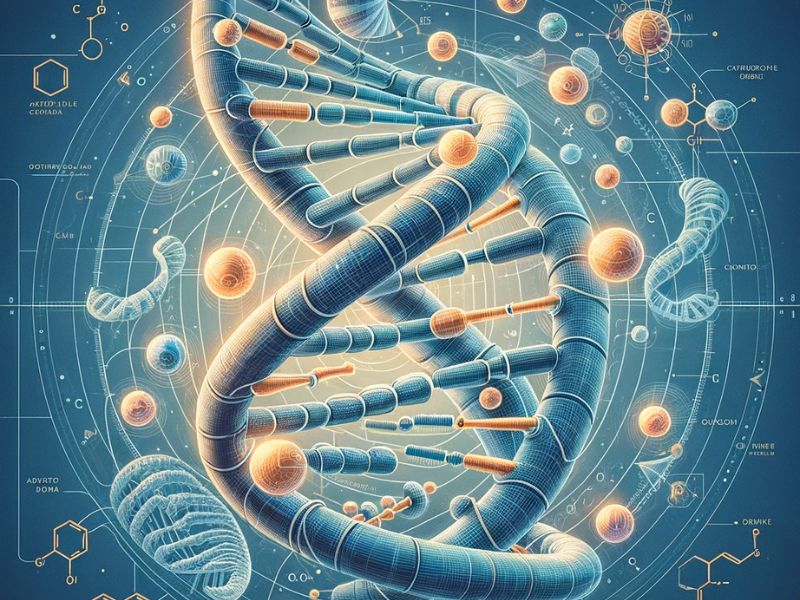
DNA: the molecule that revolutionized biology
A Journey Through the Discovery of Life
The discovery of the structure of DNA stands as one of the most significant moments in the history of science, marking the beginning of a new era in understanding life at the molecular level. While James Watson and Francis Crick are often credited with outlining the double helix structure of DNA in 1953, it is essential to recognize the fundamental contribution of Rosalind Elsie Franklin, whose research was crucial to this discovery.
Rosalind Elsie Franklin: A Forgotten Pioneer
Rosalind Franklin, a brilliant British scientist, played a key role in understanding the structure of DNA through her pioneering work with X-ray crystallography. Franklin obtained detailed images of DNA, particularly the famous Photograph 51, which clearly revealed the double helix shape. However, her contribution was not fully acknowledged during her lifetime, and only later did the scientific community begin to celebrate her indispensable role in this fundamental discovery.
The Structure of DNA: The Code of Life
DNA, or deoxyribonucleic acid, is a complex molecule that contains the fundamental genetic instructions necessary for the development, functioning, and reproduction of all living organisms and many viruses. Its structure is that of a double helix, discovered by James Watson, Francis Crick, and, thanks to the fundamental contributions of Rosalind Franklin, has become one of the most recognizable symbols in science.
This double helix structure consists of two long strands wound around each other, resembling a spiral staircase. Each step of the staircase is formed by pairs of nitrogenous bases, bound together by hydrogen bonds. The nitrogenous bases are adenine (A), thymine (T), cytosine (C), and guanine (G), and the sequence in which they occur along the DNA strand constitutes the genetic code of the organism.
DNA strands are composed of sugars (deoxyribose) and phosphate groups, with the nitrogenous bases extending from the sugar like the rungs of a ladder. This structure allows DNA to replicate and transmit genetic information from one cell to another and from one generation to the next. During DNA replication, the double helix unwinds, and each strand serves as a template for the synthesis of a new complementary strand, ensuring that each daughter cell receives an exact copy of the DNA.
The sequence of bases in DNA determines the order of amino acids in proteins, which are the molecules that perform most vital functions in cells. Through the process of transcription, the genetic information contained in DNA is copied into messenger RNA (mRNA), which is then translated into proteins in the cell’s ribosomes, following the genetic code.
The Impact of the Discovery on Modern Science
The discovery of the double helix structure of DNA has paved the way for revolutionary advances in the field of molecular biology, genetics, and medicine. It has provided the basis for understanding how genetic information is heritably transmitted and how mutations leading to diseases can occur. This knowledge has fueled the development of new diagnostic techniques, treatments, and even genetic manipulation, radically transforming medicine and biotechnology.
Beyond the Discovery: The Legacy of Shared Research
The story of the discovery of DNA is a reminder of the collaborative nature of science, where every contribution, whether in the spotlight or not, plays a vital role in the progress of human knowledge. Rosalind Franklin, with her dedication and meticulous work, has left a lasting legacy that goes beyond her initial recognition. Today, her story inspires new generations of scientists, underscoring the importance of integrity, passion, and fair recognition in the scientific field.
In conclusion, the discovery of the structure of DNA is a masterpiece of collaboration and individual genius, with Watson, Crick, and most notably Franklin, together unveiling the secrets of the molecule of life. Their legacy continues to influence science, opening up endless possibilities for the future of genetic research and medicine.
Sources


